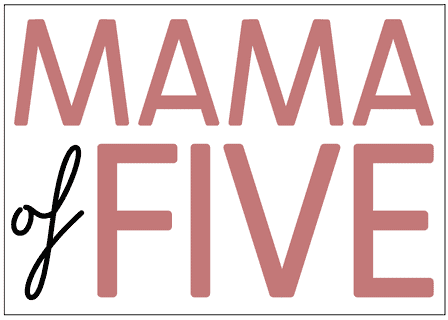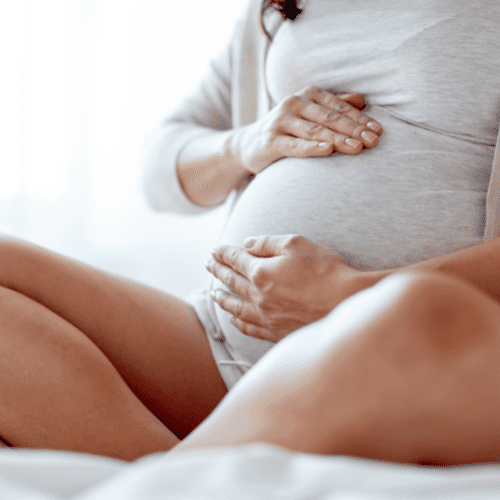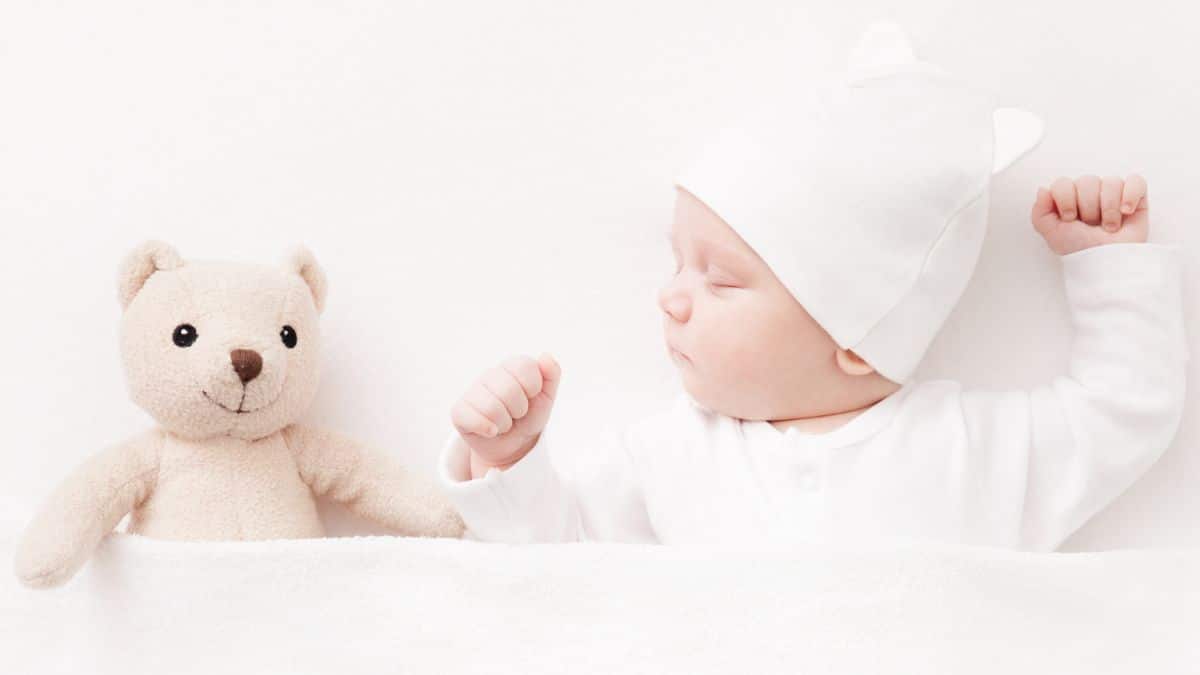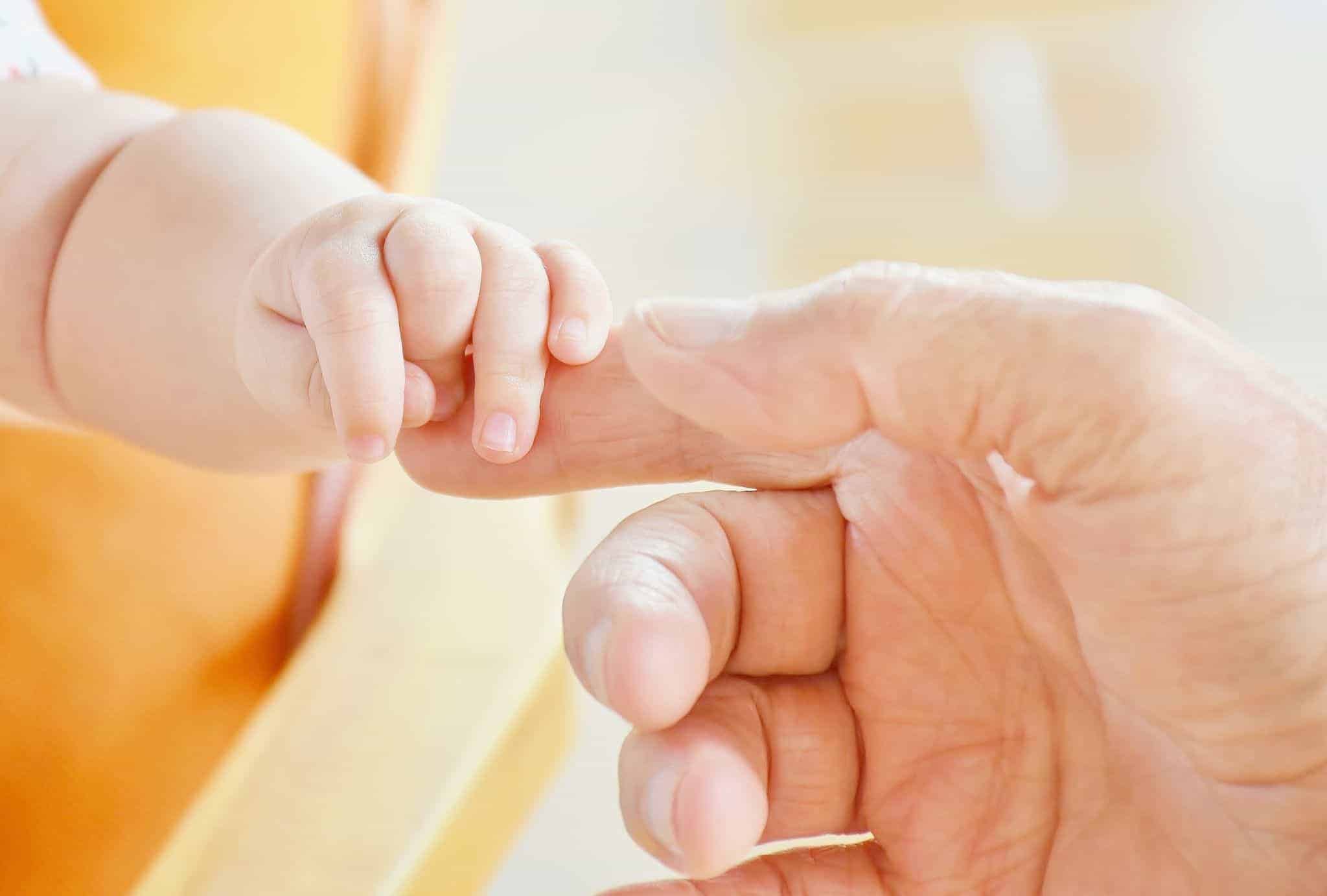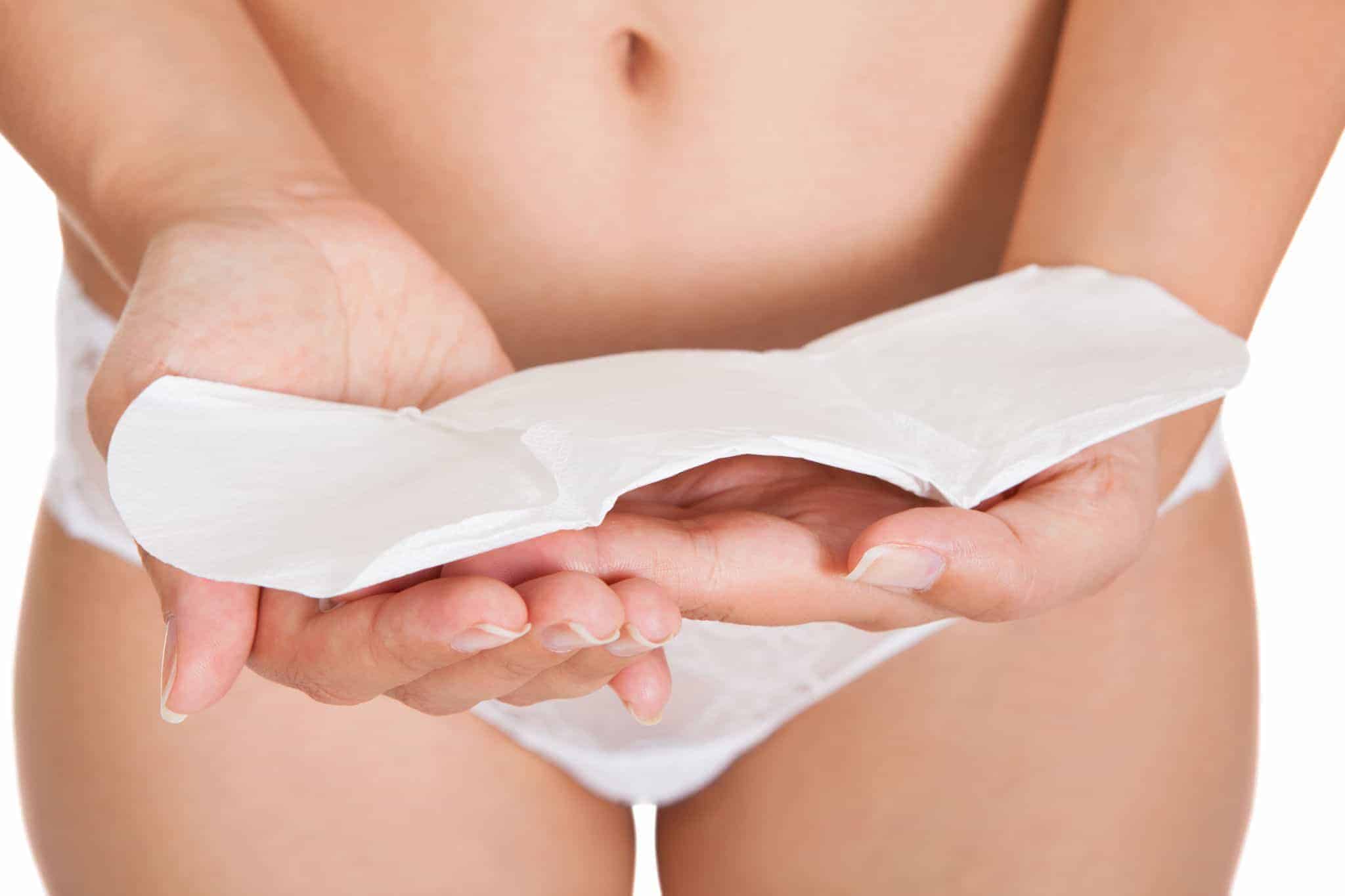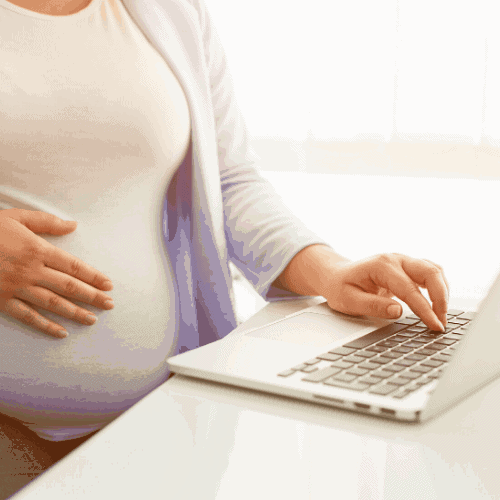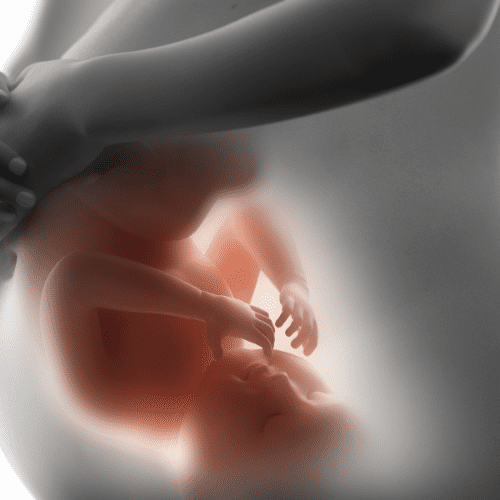Embracing an infant’s delight is an incredible experience, yet it frequently brings many unanticipated aspects, particularly regarding your body’s recovery. Assuming you’ve recently gone through a Cesarean section or C-section, you might have noticed discomfort while peeing — a circumstance that, however generally common, can be very disruptive.
Many women face similar challenges postnatally and often question why it hurts to pee after a C-section. This article aims to shed light on the reasons behind the discomfort during urination following a C-section and explores effective strategies to alleviate this postnatal concern. Let’s delve into this aspect of postpartum recovery together and discover methods to ease your healing process.
Understanding the Basics
Before we dig into the specifics of why it hurts to pee after a Cesarean section, we should unpack what a C-section involves. A C-section, short for Cesarean section, is a surgical procedure used to deliver a baby through incisions in the mother’s midsection and uterus. It’s a standard and safe procedure for childbirth, especially in cases where a vaginal birth could present dangers to the mother or baby.
Presently, you could wonder what this medical procedure does with urinary discomfort. Indeed, the lower midsection, where the medical procedure occurs, is close to the bladder and urinary tract.
The process of a C-section, which includes dealing with and, in some cases, moving these organs, can temporarily cause sensitivity, swelling, or irritation in the urinary system. This is one reason why you could experience a stinging or consuming sensation when you pee after the procedure. Understanding this is the beginning of addressing the discomfort. It helps with realizing that what you’re experiencing is normal and is, in fact, a common piece of the recovery process for some ladies after a C-section.
Common Causes of Why It Hurts to Pee After a C-section
Discovering that urinary discomfort is a common occurrence after undergoing a C-section can provide solace during your recovery journey. However, comprehending the underlying causes empowers you to manage and alleviate this uneasiness effectively. Let’s explore some prevalent factors why urination may become painful post-Cesarean section:
The Impact of Anesthesia: During a C-section procedure, anesthesia is employed to numb the lower region of your body. Occasionally, this numbing effect might result in temporary loss of bladder control or sensation, making it arduous to urinate comfortably.
Bladder Irritation: The proximity between the uterus and bladder makes them susceptible partners during a C-section surgery; consequently, irritation or minor injuries to the bladder may transpire. This irritation subsequently leads to discomfort while passing urine in subsequent days following surgery.
Urinary Tract Infections (UTIs): Postpartum women who have undergone Cesarean sections face an increased risk of developing UTIs compared to their counterparts. Symptoms include experiencing burning sensations when urinating, frequent urges for relief, as well as abdominal discomfort.
Catheter Usage: Catheters are frequently utilized during C-sections for emptying bladders efficiently. Nevertheless, inserting and removing catheters could potentially irritate the urethra temporarily—causing momentary distress while relieving oneself.
Understanding these causes is crucial in recognizing the typical experiences of those needing further attention. Always remember that every woman’s physique varies significantly—and healing durations differ accordingly.
When to Seek Medical Attention
While experiencing some discomfort when you pee after a C-section can be part of the normal healing process, sure signs suggest it’s time to consult your healthcare provider. Listening to your body and not dismissing symptoms indicating a more severe issue is essential. Here are scenarios when seeking medical advice is crucial:
- Persistent or Severe Pain: Getting checked out is important if the pain doesn’t subside or intensify over time.
- Signs of Infection: Symptoms like fever, chills, cloudy or bloody urine, or an unusual discharge or smell can indicate an infection that needs medical attention.
- Difficulty Urinating: This could be a sign of complications if you cannot pee or experience extreme discomfort.
Home Remedies and Management Strategies
Discovering relief from urinary discomfort after undergoing a C-section can be pretty challenging. However, several effective home remedies and strategies are available to help alleviate this issue. Here are some practical suggestions that you can implement to manage and ease the discomfort effectively:
- Maintain Proper Hydration: Ensuring an adequate water intake is crucial as it helps dilute urine, minimizing irritation or discomfort. Aim for transparent or light yellow urine, which indicates good hydration levels.
- Utilize Warm Compresses: Applying a warm compress to your lower abdomen provides soothing relief by alleviating bladder pain or any associated discomfort. It’s essential to exercise caution with temperature to prevent skin irritation.
- Engage in Pelvic Floor Exercises: Gentle exercises targeting the pelvic floor muscles aid in strengthening the areas surrounding your bladder and urethra while improving urinary control and reducing any related distress.
- Take Frequent Bathroom Breaks: Avoid holding your urine for extended periods; regularly visit the bathroom throughout the day. This practice prevents bladder fullness and subsequently reduces any associated distress.
- Try Sitz Baths: Opting for sitz baths involves immersing yourself in warm water for short durations—an approach known for its soothing effects on both perineal and abdominal pain experienced post-C-section.
- Consider Pain Relief Medication if Necessary: In cases where significant discomfort persists despite other measures taken, over-the-counter pain relief medication prescribed by your doctor might provide much-needed respite. Seek guidance from healthcare professionals before initiating new medications.
By incorporating these home remedies into your daily routine following a C-section procedure, you will be able to manage any urinary-related issues encountered during urination effectively. It is always beneficial to consult with medical experts who can provide personalized care based on individual needs.
Postpartum Care and Recovery:
After undergoing a C-section, it is crucial to prioritize your postpartum care for optimal healing. Not only do you need time to recover from childbirth, but also from the surgical procedure itself. Rest becomes paramount during this period, so don’t hesitate to seek assistance with newborn care or household tasks. Additionally, fueling your body with a well-balanced diet rich in essential vitamins and fiber will aid in recovery while alleviating any discomfort caused by post-surgical constipation.
Emotional well-being should not be overlooked either, as the postpartum phase can bring about many emotions. It’s perfectly alright to reach out for support from loved ones or professionals if overwhelmed feelings arise.
Understanding the causes behind potential urinary discomfort after a C-section and learning how best to manage them can significantly improve your experience during this delicate stage of motherhood. Remember that each woman’s journey towards recovery is unique; what may work for one might not necessarily work for another. If you are ever unsure or experiencing unusual pain levels, never hesitate to consult your healthcare provider, who will guide you through every step of the way.
With proper care, an unwavering support system, and patience, rest assured that these temporary challenges are manageable on your remarkable path toward embracing motherhood fully!
